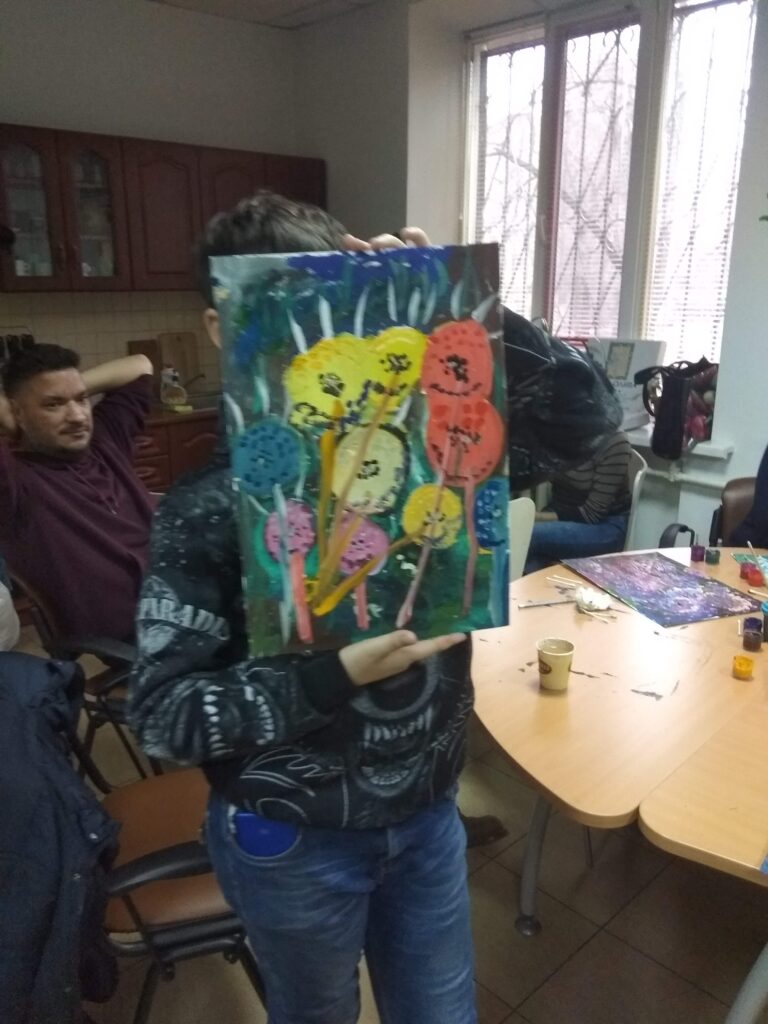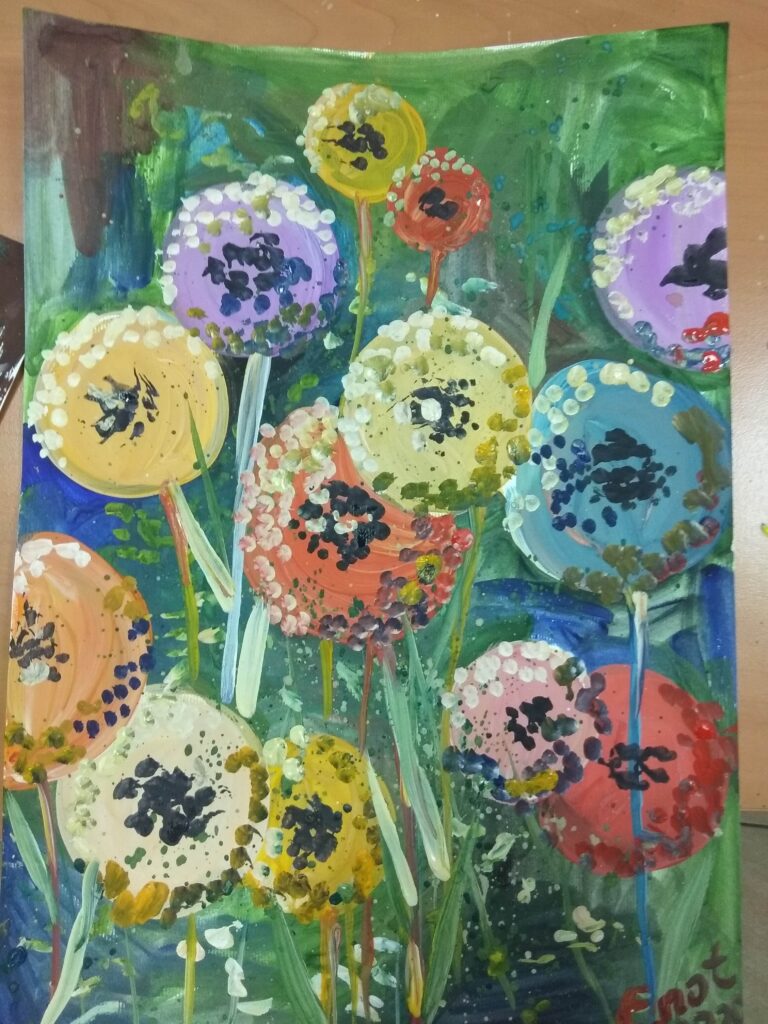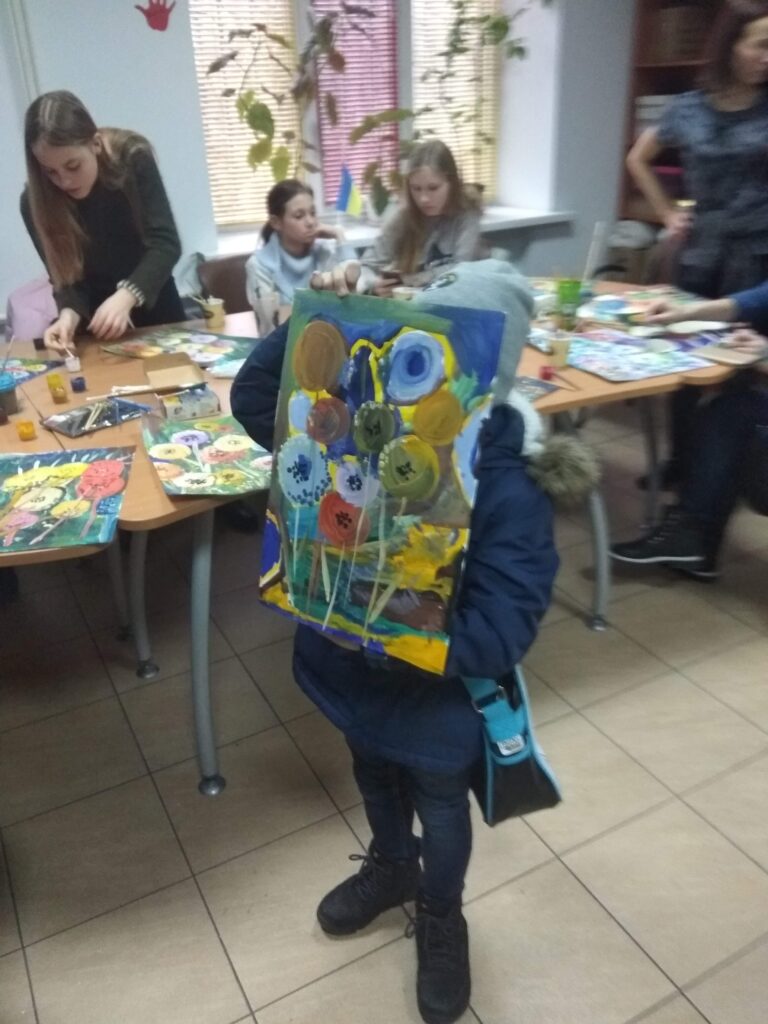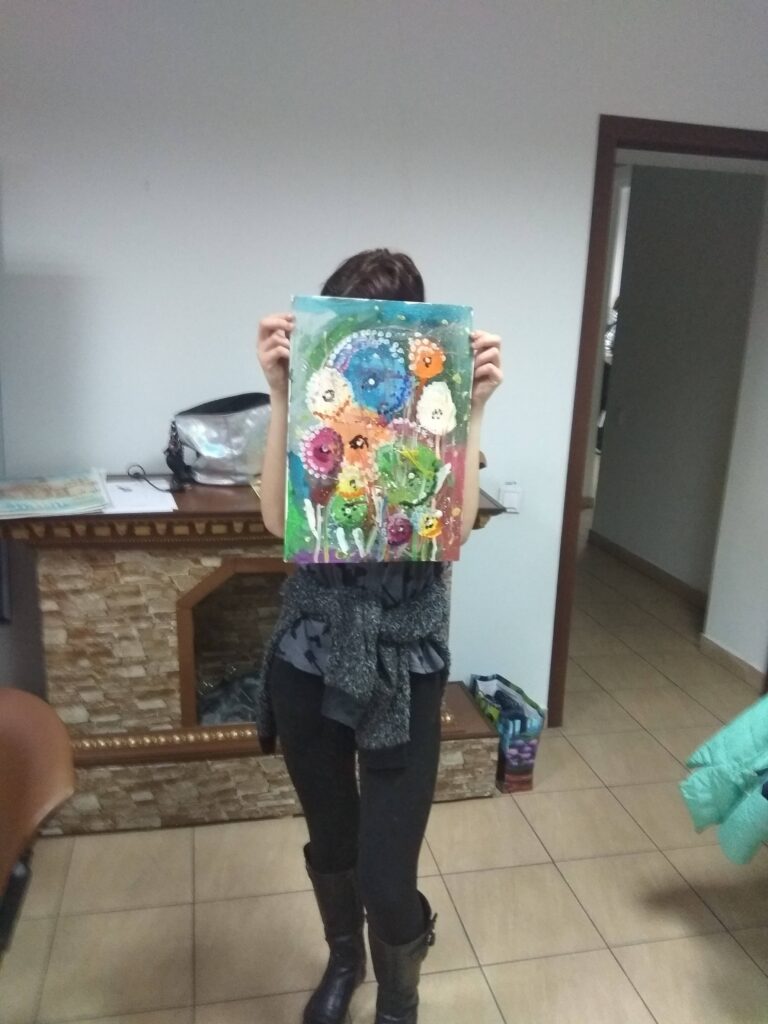




Creative expression on its own is not a guaranteed “cure”; like play therapy, art therapy is predicated upon a relationship with a helping professional. All creative arts therapies are inherently relational therapies because they involve an active, sensory-based dynamic between practitioner and individual and emphasize the connection between people and therapist. In this sense, art therapy can be helpful in repairing and reshaping attachment through experiential and sensory means and may tap those early relational states that exist before words are dominant, allowing the brain to establish new, more productive patterns.
Any professional who effectively applies art therapy principles to work with children is well-versed in how to establish positive attachment, attunement and reflexive convergence, the latter referring to the experience in which two individuals feel “felt” by each other and thus deeply understood and unconditionally accepted. Art expression, like play, adds to these positive relational experiences on multiple levels involving sensory, affective and cognitive channels of communication.
Art expressions and imaginative play may seem simple at first glance. But as the fields of art therapy and play therapy continue to expand knowledge about their effectiveness, we extend the possibilities for best practices with all people in need of help and healing. And while there is still a lot we do not know exactly “how it works” when it comes to art therapy, we do know that drawing, playing and pretending are all try to help.


